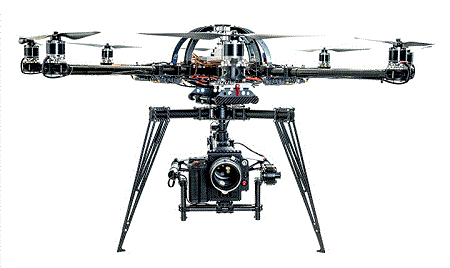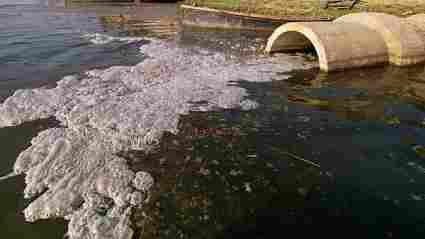A Ph.D. student at the University of Miami has created a new artificial intelligence (AI) tool that helps scientists spot and track tropical waves—weather systems that often turn into hurricanes.
These tropical easterly waves (TEWs) can be tricky to monitor because they mix with other major wind patterns, like the Intertropical Convergence Zone (ITCZ) and the monsoon trough (MT). Until now, there wasn’t a good way to separate them.
The new AI tool changes that. By studying more than 40 years of weather data (1981–2023), the system learned how to detect and tell apart these tropical patterns in real time.
It uses advanced machine learning methods (convolutional neural networks) to pick up details that older tools often missed, especially in places like the Caribbean.
Forecasters at the U.S. National Hurricane Center (NHC) now have access to the tool, and early results show it can track tropical waves with surprising accuracy. This means scientists can better understand how clusters of clouds grow into storms—and improve forecasts so communities have more time to prepare.
The analysis also revealed new insights: tropical waves in the Caribbean are generally weaker than those in the Atlantic, but still easy for AI to detect. The tool also spotted long-term changes, like the westward spread of the monsoon trough in the Atlantic and shifts linked to El Niño in the Pacific.
The project was led by Ph.D. student Will Downs, whose interest in hurricanes began as a child during Hurricane Katrina. His work, supported by fellow researcher Aidan Mahoney, could make storm tracking faster, more reliable, and more useful for both scientists and the public.
- Press release from University of Miami Rosenstiel School of Marine, Atmospheric, and Earth Science






